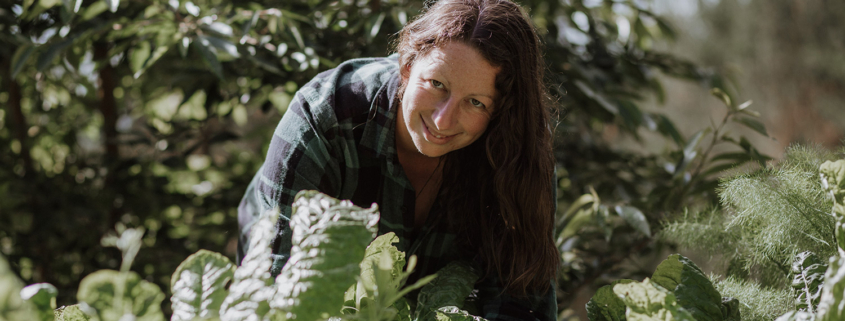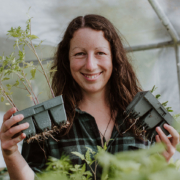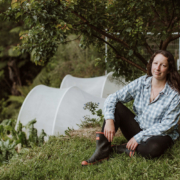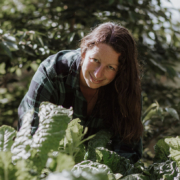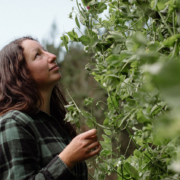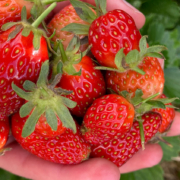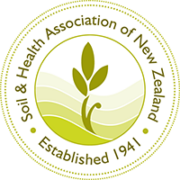Moon Calendar Mar-Apr 2025
Cosmic planting calendar
By Monique Macfarlane
The more I spend time with the land, the deeper I sink into a form of authenticity with it. For the majority of my life before being introduced to biodynamics, I lived in the cycle of the Gregorian calendar. It’s fascinating that we use this tool worldwide, yet I find it needs awareness of its disconnect in the southern hemisphere.
The autumn equinox calls for a celebration. We reach equal lengths of day and night, the turning point as we descend down into the winter solstice in June (the longest night). It’s a cumulative period, where great summer harvests draw to a close, abundance is everywhere, and there starts to be a drawing in for the winter. I love to mark this with time spent in community, and celebrating the fruits of nature with the creation of mandalas.
Samhain, a Celtic tradition involving costumes, masks, bonfires and feasts, marks a point after the autumn equinox when the nights are becoming noticeably longer. While still celebrating the autumn harvest, winter preparations are also underway. The division between this world and the otherworld is at its thinnest, allowing spirits to pass through. In the northern hermisphere, it’s celebrated at the end of October, and in more recent times called Halloween. But in the southern hemisphere it’s important to witness that the end of April is its natural place.
Closer to home, embedded in our landscape, is the kūmara harvest. In the Maramataka (local environmental calendars) the harvest can be marked by many different tohu (signs) such as the rising of the star Whānui (Vega), or when the pīpīwharauroa (shining cuckoo) and koekoeā (long-tailed cuckoo) depart Aotearoa. Typically, these tohu appear in Poutūterangi (although some draw parallels with the month of March, in the Maramataka each month starts with the new moon).
Through the signals forever present in our environment, I treasure the journey to discover the natural timing of festivals. Contemplating these moments, and witnessing the shifts in the landscape and within me, has breathed into me a deeper connection and reverence for the wisdom of the natural world. Slow down, and see what nature is saying to you.
The following content is only available to logged-in members – log in here. Not a member? Join us to gain access to a wide range of content.
Monique Macfarlane is a holistic food systems facilitator, teaching biodynamics, planting by the moon, no-dig food growing and self-sufficiency. See www.natural-wisdom.net
Monique co-creates with organic, biodynamic, regenerative, no-till, and natural principles on eight hectares in Waihi that includes a small market garden, orchard, pastoral grazing, chickens and agroforestry.
Images: Arina-Ulyasheva, VeraPetruk

